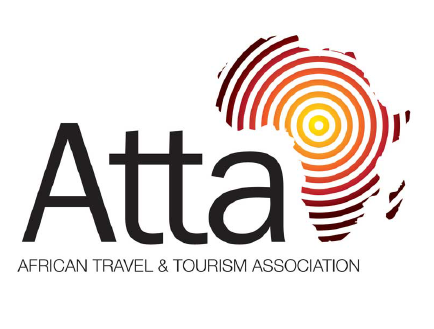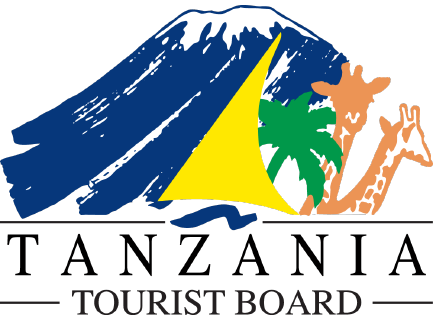5 Days Marangu route Climbing Mount Kilimanjaro
Kilimanjaro Climbing
Tanzania is situated south of Equator and covers 947,300 kms²
and has a population of about 40 million people. The country is
highly populated on the northern, eastern/coastal areas while
the southern part is not.
Climate
The climate is tropical and there are two rainy seasons. The longer
one being March through May and the shorter one between October
and November. The dry season starts from July through October
with clear skies and sunshine daily. The weather is ideal for
beach holidays. The coastal area is normally hot and humid.
Visas
Coming to Tanzania has been made easy for visitors. It is easy
to obtain a Tanzanian visa and there are two ways to obtain one.
You can get a visa from a Tanzanian Embassy or High Commission
from your country or during your arrival at the port of entry
that is, airport or at the border port. The above procedure is
applicable for North America and European citizens. For more details
about visas please contact the nearest Tanzanian Embassy or High
Commission in your area. You must have a yellow fever certificate
as well.
Tanzania's International Airport
Tanzania has two international airports, one outside the commercial
capital Dar es Salaam (airport code: DAR) and the other near Arusha
(and Mount Kilimanjaro) called Kilimanjaro International Airport
(airport code: JRO). Charter flights and some international operators
fly directly to Zanzibar Island (airport code: ZNZ).
Getting to Tanzania
If you're planning to visit Northern Tanzania, the best airport
to arrive at is Kilimanjaro International Airport (KIA). KLM has
daily flights from Amsterdam. Ethiopian, Kenya Airways, Precision
Air, Qatar and Turkish Airlines also all fly into KIA.
If you're planning to visit Zanzibar, southern and western Tanzania,
it is ideal to fly to the capital city of Dar es Salaam. European
carriers that fly into Dar es Salaam include British Airways,
KLM and Swissair (which code shares with Delta). There are long-distance
bus services between Tanzania, Kenya and Uganda. There is a new
domestic, low cost airline called Fastjet which now also offers
cheap return flights between Kilimanjaro and Dar Es Salaam.
Attractions
Mountain trekking, wildlife safaris and beach holidays
Social life
The country has more than 120 tribes. Each tribe has its own language.
Although there are many languages "Kiswahili" was adopted
to be the National Language in 1961 right after independence.
The language has spread and is being used in the neighbouring
countries of Uganda, Kenya and Central Africa. English is the
second official language of the nation. You will find that Tanzanians
are very welcoming and friendly.
Political system
Tanzania is perhaps the leading country in the continent of Africa
for its political stability, peace and tranquility. The political
system is multi-party and the government is democratic. Freedom
of speech is encouraged and accommodated. Political and religious
conflicts are resolved through dialogue. In short, religious and
tribal conflicts are very rare in the country because every citizen
is free to worship as he/she please provided that one does not
violate the law of the land.
Currency
The National currency of Tanzania is "shilling" (Tshs).
Exchange rates vary and are subject to change anytime. Credit
cards such as Euro-card, American Express, Master Card, Access
and Visa are accepted by most tourists' hotels, carving shops,
bureau de change and banks. Also Traveler's Cheques in sterling
pounds and US dollars are acceptable. ATMs are to be found in
most towns.
Religion
Because of its historical diversity Tanzania is a land of various
religions. Nevertheless, major religions are Christianity, Islam,
Hindu and African Traditional Religions. In the east coast Dar
es salaam, Bagamoyo, Zanzibar and Tanga the dominant religion
is Islam and Hindu. This is due to the advent of Arabs and Eastern
Indians which led to the spread of the two religions. The mainland
is dominantly Christian and this is due to the fact that European
colonists like Arabs spread Christian religion to indigenous.
Time: The time zone is GMT + 3 and the electricity
is 220 - 240 V AC, 50 Hz using UK style, 3 pin square plugs.



